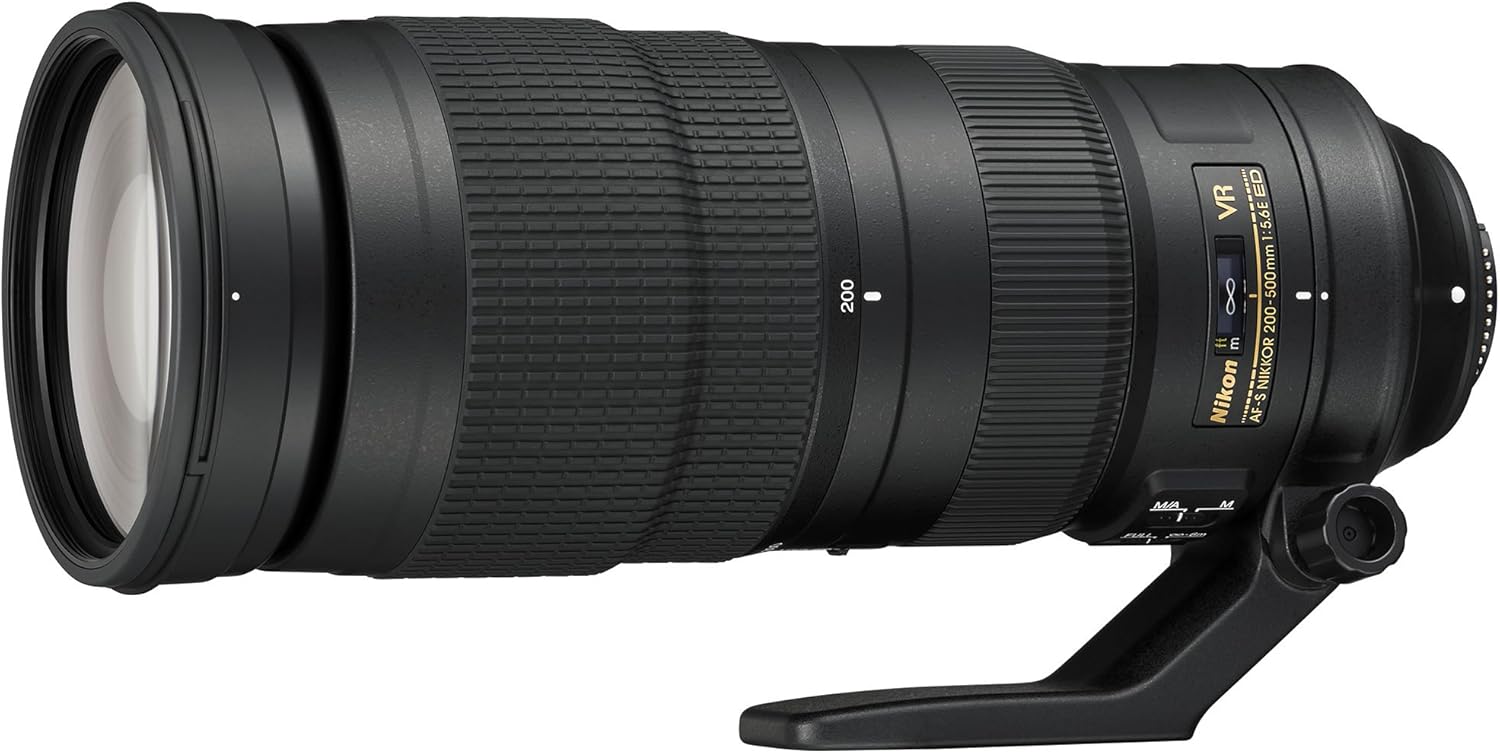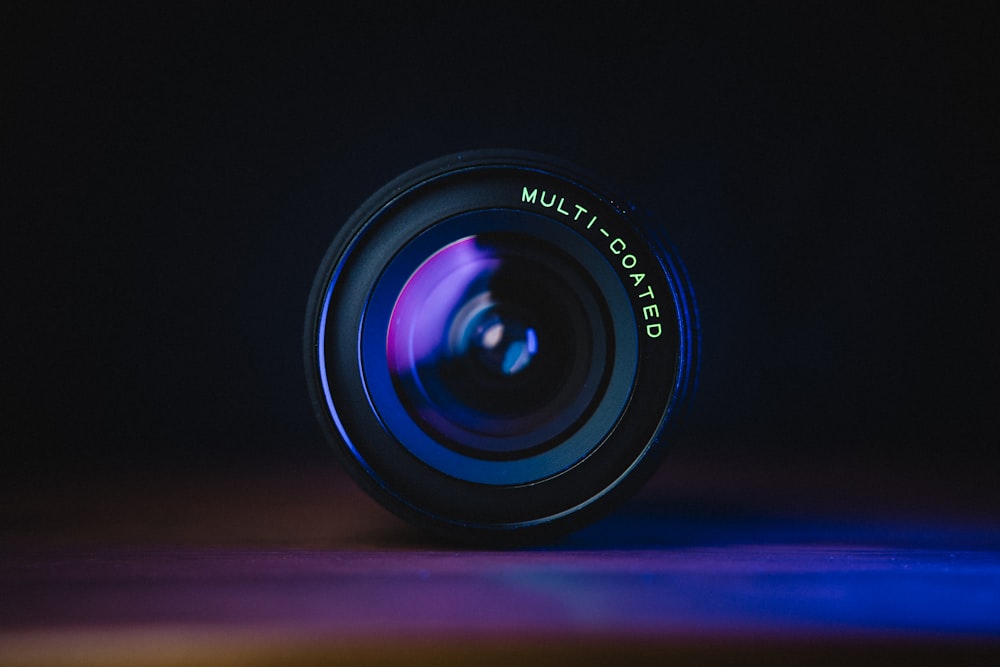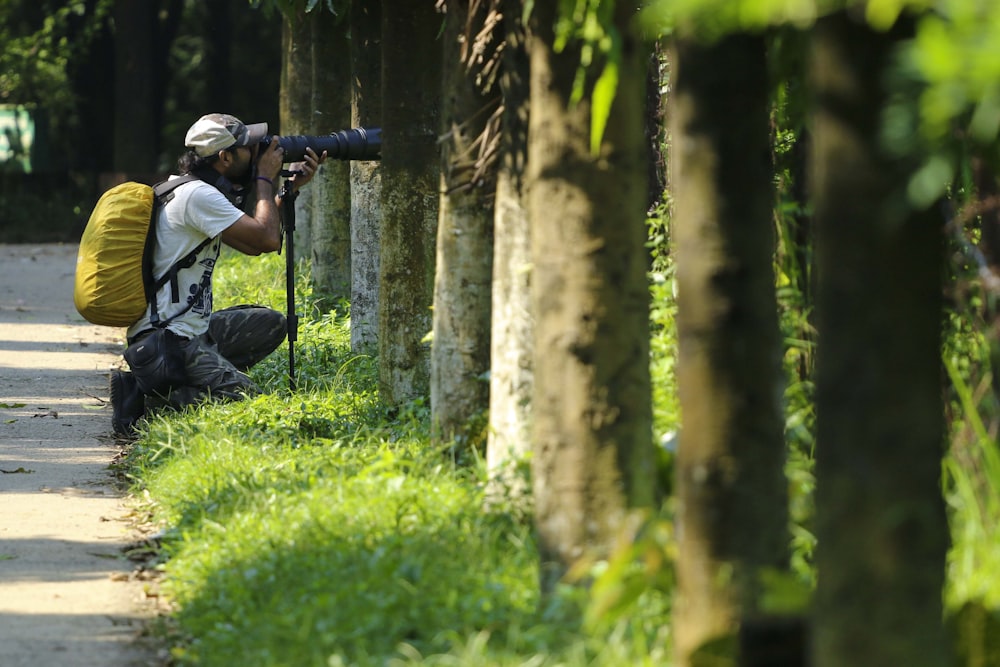Wildlife photography is a genre that requires specialized equipment, and one of the most important pieces of gear is the lens to make sure you can capture that perfect shot.
However, finding the best budget lens for wildlife photography can be a challenge which is why the team here wanted to write this article.
While professional-grade lenses can be quite expensive, there are still excellent options available for those on a budget. In this article, we will explore some of the top-value lenses for getting started in wildlife photography, as well as the best budget lenses for wildlife photography in 2023.
We will also discuss the features to look for when choosing the best wildlife photography lens, so you can make an informed decision and capture stunning images of wildlife without breaking the bank. So without further ado let’s dive in to review the best lenses!
Introduction to Wildlife Photography
In the realm of wildlife photography, lenses play a crucial role in capturing the intricate details of animals in their natural habitats. Whether you’re photographing birds in flight, majestic predators on the prowl, or elusive creatures in the wild, having the right lens can make all the difference. For photographers on a budget, finding the best lens that offers both quality and affordability is essential.
Best Budget Lens for Wildlife Photography – Our Review
Mirrorless
Sigma 100-400mm f/5-6.3 DG DN OS Contemporary

Getting a great quality budget lens for a mirrorless camera isn’t as easy as finding one for the DSLR segment. The Sigma 100-400mm f/5-6.3 DG DN OS C is one budget lens you can look at if you’re using a Canon RF, Sony E Mount, or Leica L mount camera.
This budget lens is great value and takes you all the way to 400mm for a fraction of the cost you would have to pay if you were to use a 400mm f/2.8 lens.
The maximum aperture drops down to f/6.3 when you zoom all the way to 400mm. I would say that the Sigma 100-400mm f/5-6.3 DG DN OS C is a great lens when you have ample light to play around with.
It’s going to struggle when the lighting drops. You will need to push the ISO and compensate for the lack of ambient light.
Being a budget lens means that there has been a few corners cut. However, the lens does not give you that feeling when you’re holding it in your hands. It feels solid.
I must mention one bright aspect of this lens here. This lens is very lightweight, considering that it’s a 400mm telephoto lens. So, if you’re planning on hiking to reach a vantage point for birding or hand-holding the lens for a wildlife photography session, you wouldn’t feel inconvenienced.
Lens sharpness is a bit overrated. There are a lot of other things that determine the image quality of a lens. The amount of light in the scene, the shutter speed you’re using, any tripods or other stability systems you might be using, and also if the subject moved during the shot.
If you can manage all these, like shooting in good light mostly, using a tripod or leaning against any support, and using a fast shutter speed by pushing the ISO number, you can get excellent sharpness on images at an affordable price.
DSLR
Nikon AF-S NIKKOR 200-500mm f/5.6E ED VR

Widely considered the best budget lens for shooting wildlife across multiple DSLR mounts, the 200-500mm f/5.6 E ED VR is a lens that many Nikon D500 and D7xxx users swear by. Although designed for the full-frame Nikon DSLR system, this lens was a hit with Nikon APS-C users.
Photographers using the D500 and the D7500 used this lens and the crop factor to good use, furthering the reach of this super telephoto lens to an effective 300-750mm (35mm format equivalent).
The fixed aperture of f/5.6 across the focal length translates into a fixed exposure no matter what focal length you’re using. You won’t have to use a higher ISO or slow down the shutter speed when the focal length extends like you normally do with super zoom lenses having variable apertures.
This is a big advantage when the light changes suddenly as you’re tracking an animal or a bird.
One drawback of the lens is that it does not come with weather sealing. This is an issue with most budget super telephoto lenses.
Despite the fact that the filter screw-on size is 95mm, which means filters will be very expensive, besides being hard to get, I like the fact that this lens accepts front filters.
Overall this is our best choice as a budget lens for wildlife photography if you’re using a Nikon DSLR.
Sigma 150-600mm f/5-6.3 DG OS HSM Contemporary

This Contemporary version of the popular 150-600mm super-telephoto lens comes in multiple varieties. There is a Canon version as well as a Nikon version.
In terms of focal length reach, the Sigma 150-600mm f/5-6.3 DG OS HSM C has a better reach compared to the Nikon 200-500mm f/5.6 that I listed above. That said, where the Sigma loses out to the Nikon is in the area of maximum aperture.
When you’re zoomed in all the way to 600mm, the maximum aperture drops down to f/6.3. That’s a drop of one-third of a stop. So, you will have to push the ISO by one-third of a stop in order to compensate for the loss of light.
This lens, too, comes with a front filter option. The front filter size is 95mm.
One thing I did notice about the Sigma 150-600mm f/5 – 6.3 is the very thin focusing ring. I don’t know what Sigma was thinking when the lens was designed, but this is ultra-thin. I cannot imagine myself using this in the field.
In that regard, if Sigma thought that they didn’t want photographers using this lens in manual focusing mode, then I have nothing to say. I find the Tamron’s focusing ring much more convenient to use.
There is a general concern that f/5.6 or f/6.3 lenses are slow compared to f/4 lenses. If you have a camera that has a good dynamic range and can handle high ISO numbers like 1600, for example, without too much loss in detail and DR, then I think the f/6.3 and f/5.6 lenses are perfect.
Plus, don’t forget that these lenses are often 70 – 80% cheaper than traditional super-telephoto behemoths. So, you get an incredible value for money.
Tamron SP 150-600mm f/5-6.3 Di VC USD G2

This lens is an exact copy of the Sigma 150-600mm f/5-6.3 DG OS HSM Contemporary lens I discussed above because it has the same aperture range and the same focal length as the Sigma lens.
Having said that, this lens is heavier than the Sigma by 180 grams.
In terms of performance, the Tamron and Sigma above are very similar. Now there are some obvious differences which I will try to highlight in a detailed review of these lenses sometime in the future. For this head-to-head comparison, though, I would say that both the Tamron and the Sigma have their strengths and weaknesses.
I have seen the Tamron produce very sharp results at certain focal lengths. The Sigma is sharper at longer focal lengths, especially at 600mm.
Now for some major advantages. First, the G2 lens comes with a different optical design than the original generation one version. This means it can better handle the issues of sharpness, especially when zoomed in all the way.
Another advantage of the new G2 lens is that this lens is able to focus much closer than the older G1 lens. 2.2 meters as compared to 2.7 meters with the older lens.
Another major advantage of the Tamron over the Sigma is that the Tamron is weather sealed. This means if you ever get caught in bad weather, the Tamron is more likely to survive than the Sigma.
Sigma 100-400mm f/5-6.3 DG OS HSM Contemporary

Among the cheaper lenses you can use with your full-frame camera, the Sigma 100-400mm f/5-6.3 DG OS HSM C is one option you can definitely look at.
I am not saying this is the best among the budget options or anything of that sort. However, it offers a focal length of 400mm, and the maximum aperture drops down to f/6.3 when fully zoomed in.
If you need a focal length of around 400mm, you can definitely take a look at this lens.
Multiple versions of this lens are available, including one for the Canon EF mount, one for the Nikon F-mount, and one for the Sigma SA mount.
One of the major USPs of this lens is the use of Thermally Stable Components in the construction of the lens. This ensures that the lens can function in a wide range of environmental conditions without any serious problems with the image quality or functionality.
At 1160 grams, this is also one of the lightest lenses that I have listed here. When you’re hiking in the woods or using the lens handheld for shooting birds, you wouldn’t feel there you’re carrying something substantial in your hands.
That said, this lens does not have the same focal length reach as some of the other lenses I have listed above.
A rubber gasket is visible when you check the rear lens mount. However, the lens isn’t weather sealed. That means you’ve to be careful when you take this lens outdoors in inclement weather.
With photographic lenses, you get exactly what you pay for. So, with a budget lens like this, don’t expect the fast, great performance and superb low-light results that you would normally associate with f/4 lenses.
This lens is the sort that works the best when you’ve good light and the subject isn’t hiding inside thick foliage.
Canon EF 70-300mm f/4-5.6 IS II USM

Among the pocket-friendly lenses that I have selected, this one has the shortest focal length range. I would say that the lens is only suitable for shooting larger animals like elephants, bears, and other safari mammals.
The lens is definitely not suitable for birds because, at least not in the wild. With a 300mm focal length, you will struggle to fill the frame. That said, if you have a bird feeder in your yard and you can set up a blind for yourself, you can shoot great images with even this shorter focal length.
That said, if you pair this lens with a crop camera, such as an EOS 90D or a Rebel series camera, you can use the crop factor to increase the lens’s effective focal length.
In that case, the effective focal length becomes 480mm (35mm format), furthering the reach of the lens.
Speaking of extended focal length, that’s a major issue for image blur. To counter this, the lens features an effective image stabilization system. The IS system on the lens supports four stops of image shake correction. That’s a big advantage, especially when you’re hand-holding the lens or shooting in low light conditions with a slower shutter speed or both.
One thing that you’ve to keep in mind is that this lens does not have weather sealing. Cheaper lenses like this don’t come with the same build quality as the more expensive and professional designs.
Nikon AF-P NIKKOR 70-300mm f/4.5-5.6E ED VR

For the final slot on this list, there are two options in my hand. Between the Nikon AF-P DX NIKKOR 70-300mm f/4.5-6.3G ED VR and the Nikon AF-P NIKKOR 70-300mm f/4.5-5.6E ED VR I choose the latter.
The first reason is that the 70-300mm f/4.5-5.6E ED VR has a slight advantage of a one-third stop of aperture. This can be a big difference, especially when shooting in low light conditions. The extra wide aperture will let in more light into the camera.
Also, the NIKKOR 70-300mm f/4.5-5.6E ED VR feels like a better build lens. It’s heavier too, which I don’t think is a detriment. The weight balances itself when I use a slightly heavier camera like the D500. Weather sealing helps matters as well.
Speaking of which, the NIKKOR 70-300mm f/4.5-5.6E ED VR is designed for full-frame cameras, and the Nikkor 70-300mm f/4.5-6.3G ED VR is designed specifically for crop sensor cameras. So, if you have a full-frame camera, there is no point in buying the 70-300mm f/4.5-6.3G ED VR.
The image quality is decent. However, if you put it to the test with some of the highest-resolution Nikon cameras, such as the D850 or the D800E, the lens will struggle.
Top Considerations for Budget-Friendly Wildlife Lenses
When shopping for a budget wildlife lens, there are several key considerations to keep in mind to ensure you get the best value for your money.
Prime vs. Zoom Lenses
Prime lenses have a fixed focal length, which often results in superior image quality and wider apertures compared to zoom lenses. However, zoom lenses offer greater versatility and flexibility, allowing you to quickly adjust your composition without changing lenses.
Third-Party vs. First-Party Lenses
Third-party lenses, manufactured by companies other than the camera’s brand, often offer comparable performance at a lower price point than first-party lenses. While first-party lenses may have the advantage of better build quality and compatibility, third-party options can be an excellent choice for budget-conscious photographers.
Build Quality and Weather Sealing
When shooting wildlife, you may encounter harsh weather conditions, dust, and moisture. Look for lenses with durable construction and weather sealing to withstand these challenges and ensure long-term reliability.
Final Thoughts
To finish, for those who like to photograph wildlife, it doesn’t have to be an expensive endeavor. With the right budget lens, you can still achieve great results without breaking the bank. By considering the features that are important for wildlife photography and exploring some of the top-value lenses available in 2023, you can find great lenses to suit your needs and price range.
I have always found talking with other wildlife photographers to get top tips on nature photography or wildlife photos the best way to continue to learn. Only the other day was I speaking with a fellow bird photographer and he recommended different lenses he was trialling to photograph small birds and this has led me to do some further research on how to get the best shot.
You may enjoy reading What are the Different Parts of a DSLR Camera?










